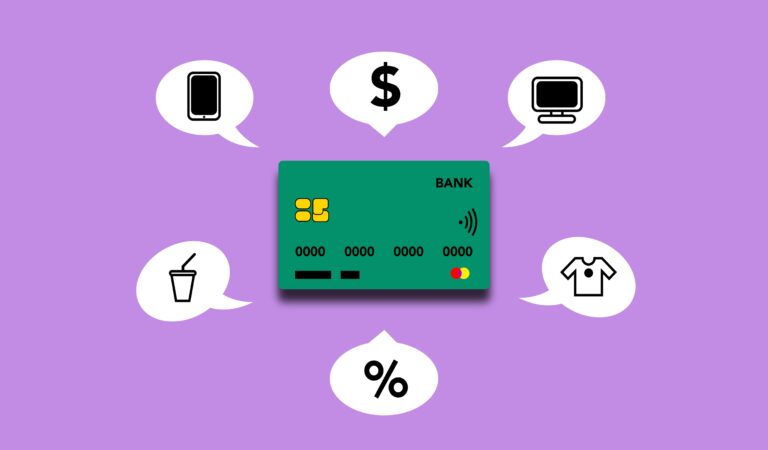Crypto investments is used to generate and control cryptocurrencies, which are digital currencies that are created and managed using advanced data encryption. With the creation of Bitcoin in 2009, cryptocurrency went from being a theoretical concept to (virtual) reality.
While Bitcoin grew in popularity throughout the years, it gained substantial investor and media interest in April 2013, when it reached a high of $266 per bitcoin having surging 10-fold in the previous two months. At its peak, Bitcoin had a market value of almost $2 billion, but a 50% drop soon after triggered a heated debate over the future of cryptocurrency in general, and Bitcoin in particular.
Cryptocurrency in the Future
As big crypto investments investor enters the market, several economists foresee a significant shift in crypto. Furthermore, there is a chance that crypto will be listed on the Nasdaq, that would give block chain and its usage as a currency alternative even more credibility.Some believe that all cryptocurrency need is a validated exchange-traded fund (ETF).
Although an ETF would make it easier for consumers to invest in Bitcoin, there must still be a demand for cryptocurrency, which may not be automatically activated by a fund.
Bitcoin: An Introduction
Blockchain is ongoing trend these days and very useful as well. Bitcoin is a decentralized currency that use peer-to-peer technology, allowing the network to perform all operations such as money issuance, transactions, and authentication collectively.
While decentralization protects Bitcoin against government manipulation and meddling, it also means that there is no centralized entity to ensure that things function smoothly or to guarantee the value of a Bitcoin.
Bitcoin network digitally through a process known as “mine,” which necessitates the use of powerful computers to handle complicated algorithms and crunch numbers. They are currently manufactured at a rate of 25 Bitcoins every ten minutes and will be stopped at 21 million in 2140.
These attributes distinguish Bitcoin from fiat currencies, which are backed by the government’s full faith and credit. The issuance of fiat currency is a highly centralized process overseen by a country’s central bank. While the bank restricts the quantity of money printed to meet its macroeconomic objectives, there is no theoretical limit to the amount of money issued.
Furthermore, local currency deposits are usually protected by the government against bank collapses. Bitcoin, on the other hand, lacks such infrastructure. Bitcoin’s value is entirely determined by what investors are prepared to pay for it at any one time.
Bitcoin’s Long-Term Prospects
The future of bitcoin is a hot topic of conversation. While so-called crypto-evangelists abound in the financial media, Harvard University Professor of Economics and Public Policy Kenneth Rogoff claims that the “general sentiment” among crypto supporters is that the total “market capitalization of cryptocurrencies could explode over the next five years, rising to $5-10 [trillion].”
He claims that the asset class’s historical volatility is “no reason to fear.” Nonetheless, he moderated his optimism, as well as that of “crypto evangelists,” who see Bitcoin as digital gold, calling it “nutty” and claiming that its long-term value is “more likely to be $100 than $100,000.”























